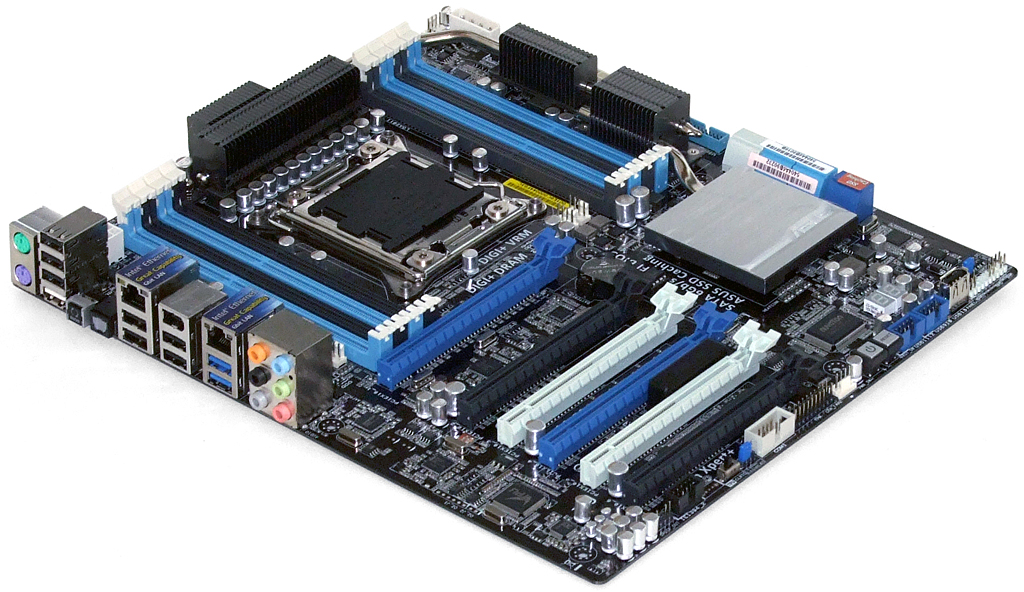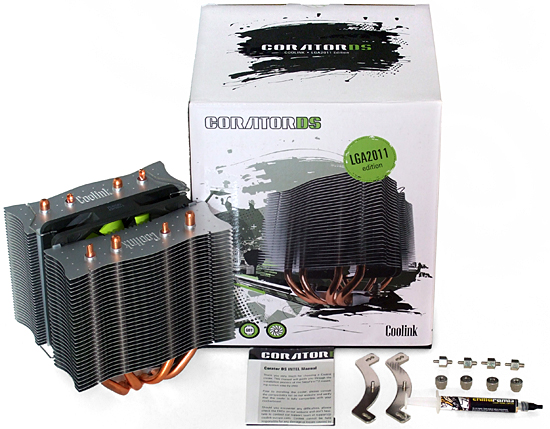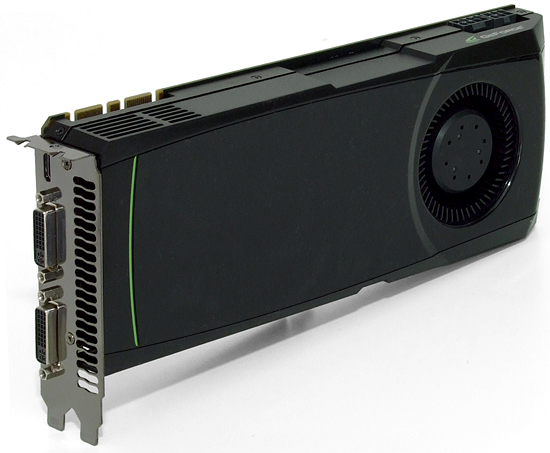Quiet Gaming Cases, Part 1: Antec, Azza, And Cooler Master
The pursuit of performance often dictates that we simply live with a loud PC. Enthusiasts sometimes feel forced to choose between reasonable acoustics and the ventilation needed to overclock. Today, we evaluate three cases that promise to deliver both.
Test Settings
| Test System Configuration | |
|---|---|
| CPU | Intel Core i7-3960X (Sandy Bridge-E), 6C/12T @ 4.25 GHz (34 x 125 MHz, 1.40 V Core) |
| CPU Cooler | Coolink Corator DS 120 mm Tower |
| Motherboard | Asus P9X79 WS: LGA 2011, Intel X79 Express, Firmware 0603 (11-11-2011) O/C @ 125 MHz BCLK |
| RAM | G.Skill F3-17600CL9Q-16GBXLD 16 GB (4 x 4 GB) DDR3-2200 Benchmarked at DDR3-1600 CAS 9 defaults |
| Graphics | Nvidia GeForce GTX 580: 772 MHz GPU, GDDR5-4008 Maximum Fan for Thermal Tests, SLI |
| Hard Drives | Samsung 470 Series MZ5PA256HMDR, 256 GB SSD |
| Sound | Integrated HD Audio |
| Network | Integrated Gigabit Networking |
| Power | Seasonic X760 SS-760KM ATX12V v2.3, EPS12V, 80 PLUS Gold |
| Software | |
| OS | Microsoft Windows 7 Ultimate (64-bit) |
| Graphics | Nvidia GeForce 296.10 WHQL |
| Chipset | Intel INF 9.2.3.1020 |
We reused the test platform from our earlier gaming case series, complete with the same overclock settings, adjusting our thermal expectations rather than the platform’s voltage levels. A sacrificial C0-stepping Core i7-3960X on Asus’ P9X79 WS heats the CPU area.
We normally choose a heat sink for its low noise and cooling performance, but Coolink’s Corator DS delivers the moderately low temperatures and moderately high noise results needed to properly evaluate the airflow and noise-dampening capabilities of these cases.
Blowers are the biggest cause for noise complaints in gaming PCs, so we tossed in Nvidia’s reference GeForce GTX 580 with an excruciatingly-noisy full speed for our load test. We let the fan rotate down to its minimum angular velocity for idle noise measurements.
| Benchmark Configuration | |
|---|---|
| Prime95 v25.8 | 64-bit executable, Small FFTs, 11 threads |
| 3DMark 11 | Version: 1.0.1.0, Extreme Preset: Graphics Test 1, Looped |
| Real Temp 3.40 | Average of maximum core readings at full CPU load |
| Galaxy CM-140 SPL Meter | Tested at 1/2 m, corrected to 1 m (-6 dB), dBA weighting |
Get Tom's Hardware's best news and in-depth reviews, straight to your inbox.
Current page: Test Settings
Prev Page Building With Cooler Master's Silencio 650 Next Page Heat, Noise, And Heat Versus Noise-
jrayx I like the Silencio 650 features, but the airflow is restricted in the front and bottom. And no one sells that case in my country.Reply -
dthesleepless I'd like to see how the Nanoxia Deep Silence 1 compares in your testing.Reply
In my testing I found it to be the most efficient silent case I've ever had on my workbench. -
EzioAs Things I love about silence optimized case: Simple, elegant look. Nothing tacky and doesn't looks like it was made for some 12 years oldReply
Things I hate about silence optimized case: Usually doesn't cool well (poor airflow) and isn't really that much quieter compared to non silence optimized case
It 's really hard to find the right balance but I'm loving the Antec P280. Exterior and interior looks good and seems spacious enough. Price isn't so bad either.
Any chance you could review the Nanoxia Deep Silence 1? Heard a lot of good things about it . -
JOSHSKORN I'd like to see the Fractal Design Define R4 (and/or XL if it's not out of stock, which it currently is) reviewed and compared at some point. It's suppose to be a quiet case. Gaming, not sure about that one.Reply -
killerclick As usual, Cooler Master is mediocre at best. What pathetic company, the only thing they seem to do good is marketing to budget-conscious consumers.Reply -
EzioAs Reply9540164 said:As usual, Cooler Master is mediocre at best. What pathetic company, the only thing they seem to do good is marketing to budget-conscious consumers.
I disagree. A lot of their chassis are good (HAF, Elite). I like their storm stryker/trooper. Most of their peripherals have great quality and reasonable price compared to something like Razer. Their coolers are also great as well (Hyper 212/212+/212 EVO). I just find their power supply unit to be the 2nd grade components, almost all of them I wouldn't use or recommend to other people -
mayankleoboy1 ^ except for the high-end cooler master PSU's. They are quite decent, probably because Seasonic actually makes them.Reply -
Crashman dthesleeplessI'd like to see how the Nanoxia Deep Silence 1 compares in your testing.In my testing I found it to be the most efficient silent case I've ever had on my workbench.JOSHSKORNI'd like to see the Fractal Design Define R4 (and/or XL if it's not out of stock, which it currently is) reviewed and compared at some point. It's suppose to be a quiet case. Gaming, not sure about that one.Perhaps you will...has anybody ever noticed the resemblance between those two?Reply



